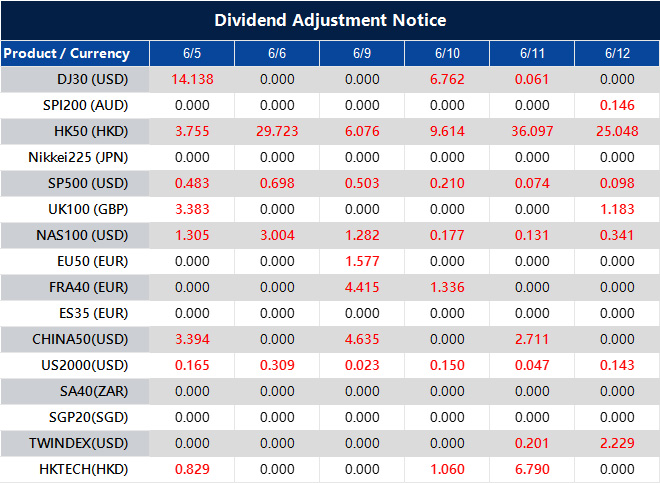The Nasdaq shows tight trading around VWAP, suggesting indecision and offering cautious bullish and bearish strategies.
The Asian market stays quiet, awaiting ECB decisions, even as China’s Services PMI shows growth
Kugler and Harker will speak about economic matters and policies at upcoming events.
Federal Reserve Speeches Impact
The speeches from Kugler, Schmid, and Harker will shed light on the Federal Reserve’s views on monetary policy, regulation, and banking conditions. Kugler’s comments are important as they will be delivered at a luncheon with many market participants. She is likely to discuss interest rates, inflation trends, the strength of the job market, and the impacts of previous tightening measures. These topics can significantly affect short-term trading, especially on interest rate expectations. Therefore, any changes in tone or references to timing for policy adjustments must be closely monitored. Schmid will focus more on banking issues than on interest rates. His thoughts on regional banks’ strength and the regulatory environment may influence views on financial stability. If he highlights concerns about funding stress or risks from deposit withdrawals amid rising rates, it will likely attract attention to the Fed’s focus on the broader effects of tighter policy. Any mention of contingency plans or changes in supervision could trigger volatility in bank-related financial products. Harker’s comments may echo Kugler’s themes but usually feature more anecdotal evidence. Markets are attentive to his insights on regional economies, including spending habits, service sectors, and employment patterns. If Harker emphasizes a “higher-for-longer” approach—especially with mentions of wage persistence or inflation in housing—it could lead to fewer expected rate cuts than futures currently predict. Recent market responses to Fed officials with voting power indicate that SOFR and Treasury option markets have reacted swiftly following similar speeches. Although volatility has decreased, it can quickly change based on the tone and wording of policymakers.Market Reaction Strategy
With all three speeches timed closely together, it makes sense to stay flexible with interest rate positioning this afternoon. While one comment may not change the market significantly, the combined messages over a short time can influence expectations for rate cuts, especially in light of Tuesday’s CPI data and recent jobless claims. Our strategy suggests maintaining a neutral stance and being cautious ahead of these speeches. Be ready to quickly adapt if the remarks lean more hawkish or dovish; even slight changes in language can impact the market when all three officials speak nearly at once. Create your live VT Markets account and start trading now.PBOC may cut RRR to support liquidity in 2025, according to a state media report.
Dividend Adjustment Notice – Jun 05 ,2025
Dear Client,
Please note that the dividends of the following products will be adjusted accordingly. Index dividends will be executed separately through a balance statement directly to your trading account, and the comment will be in the following format “Div & Product Name & Net Volume”.
Please refer to the table below for more details:

The above data is for reference only, please refer to the MT4/MT5 software for specific data.
If you’d like more information, please don’t hesitate to contact [email protected].




